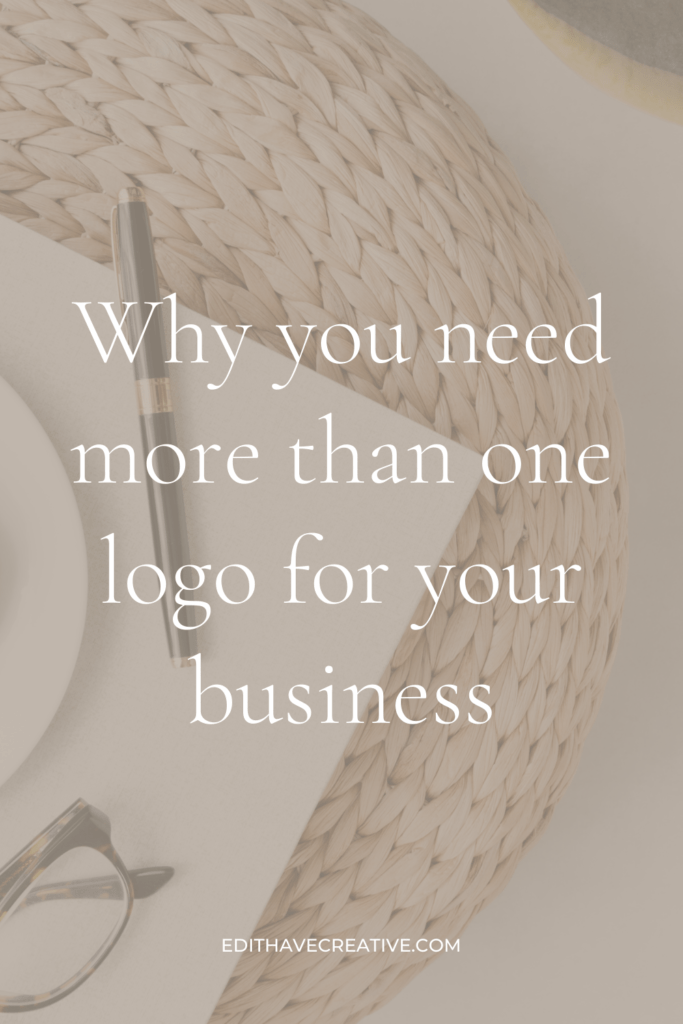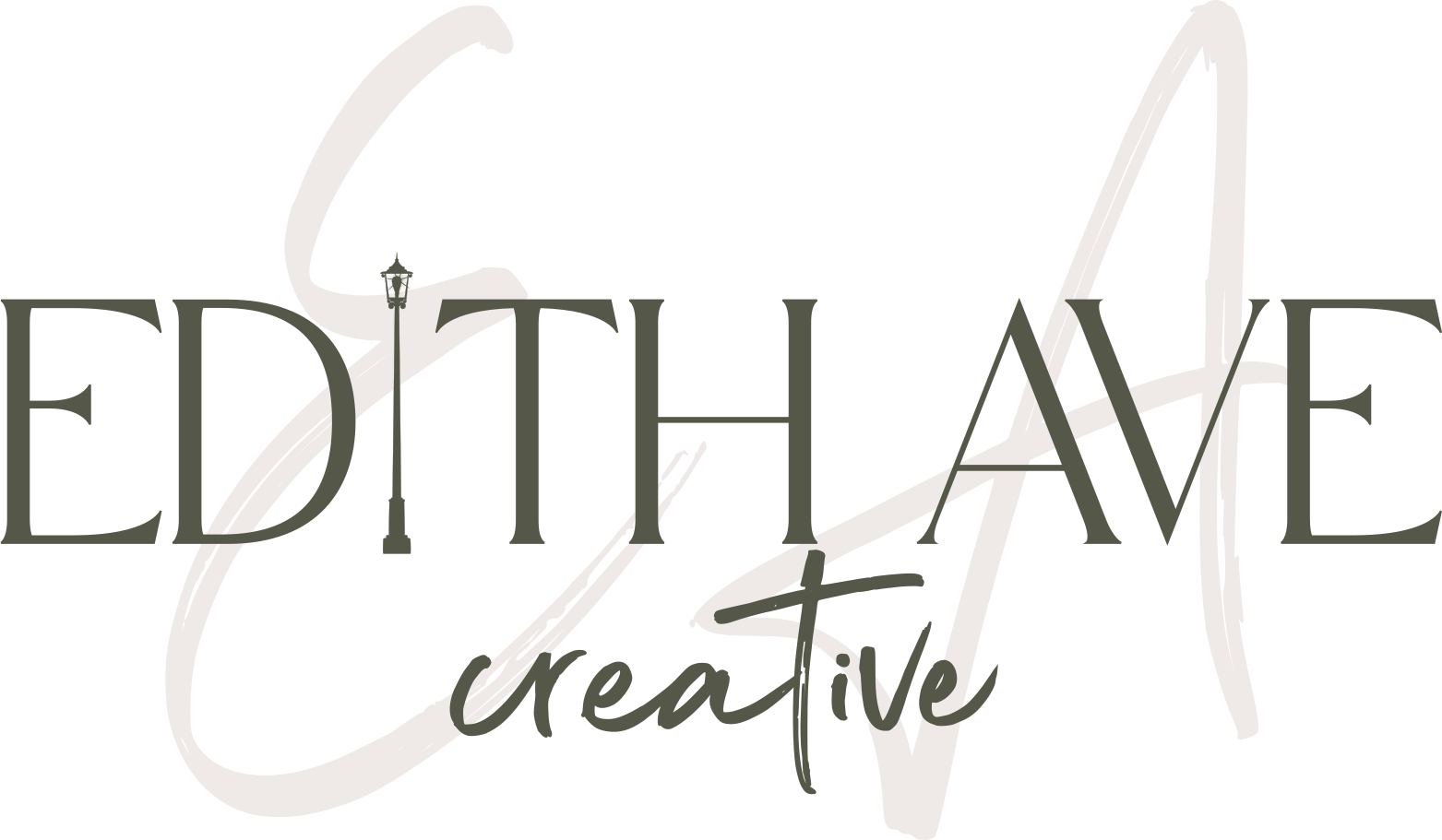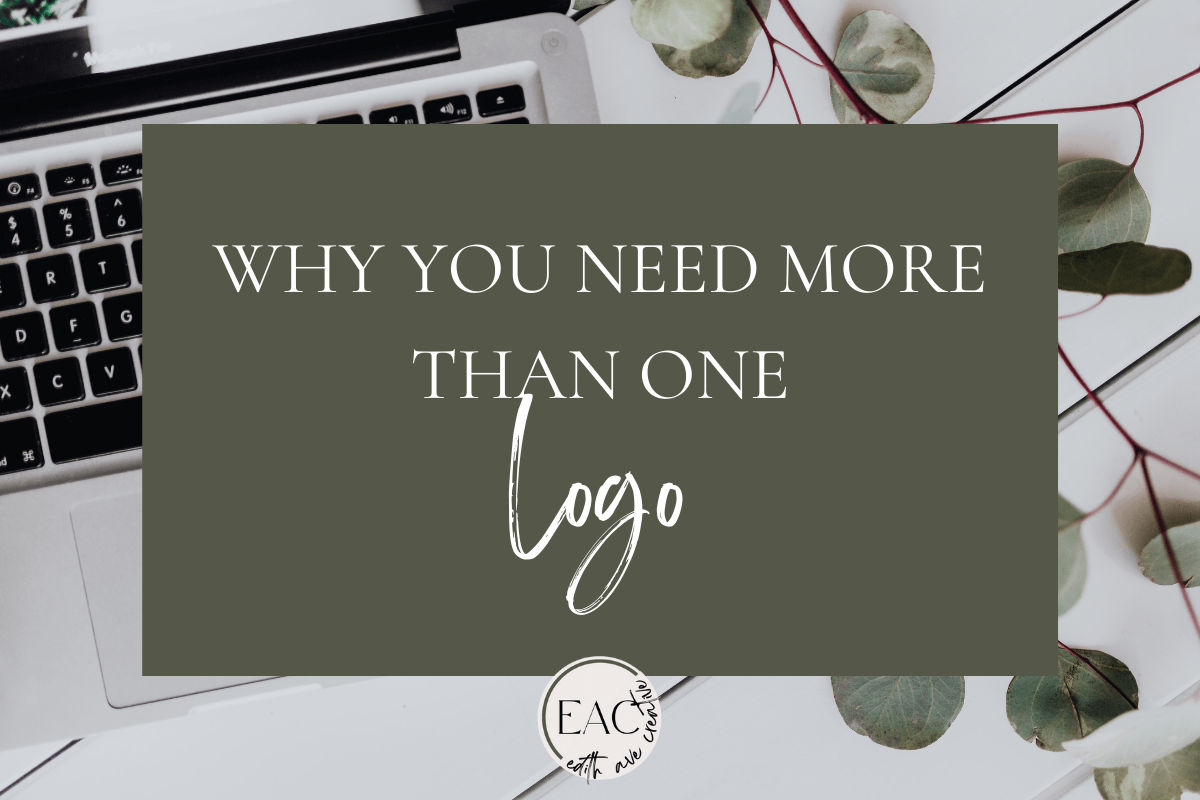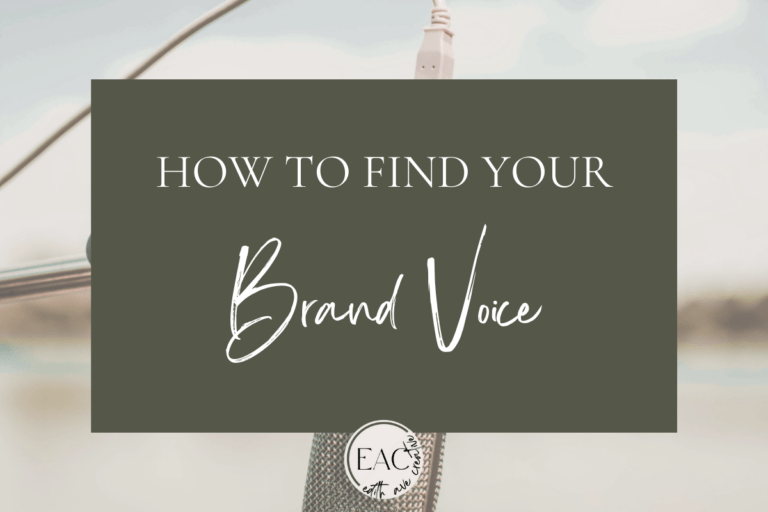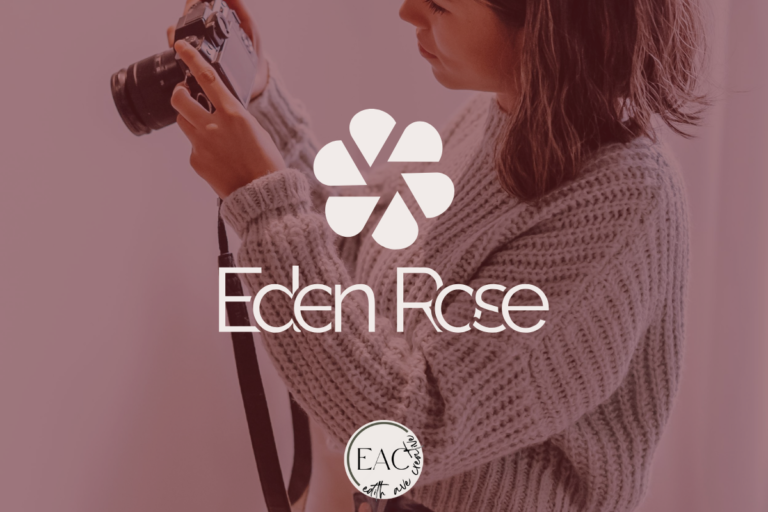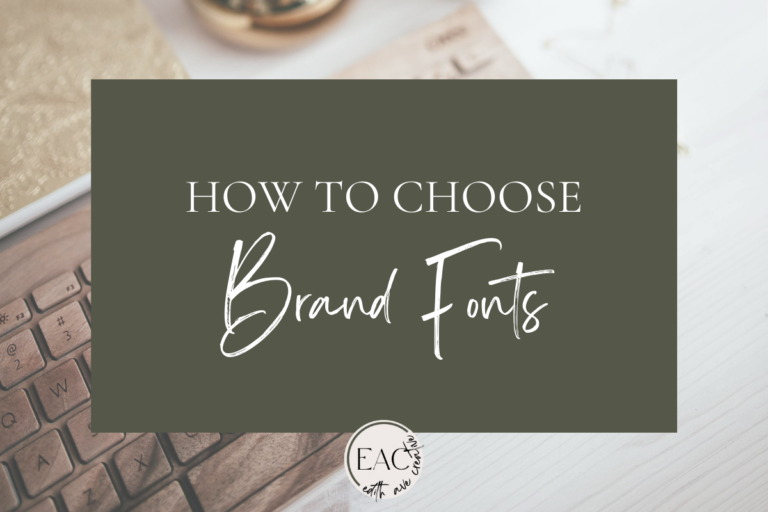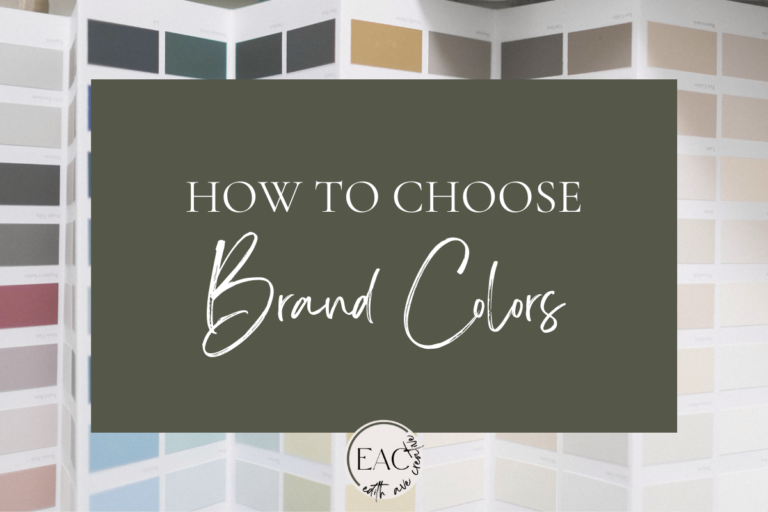Think of some brands that you interact with every day. When you think of the companies, what do you picture? Is it their logos? Logos are the cumulation of a brand identity, so it probably is an image that will come to mind fairly quickly.
For this reason, you, rightfully so, want your logo to be perfect, right? The logo is the piece of branding that probably has the most time dedicated to it during the design process. But have you ever created the perfect logo, only to realize down the road that it doesn’t work for whatever new thing you’re designing? Maybe your logo looks amazing on a website, but then looks illegible on your social media profile.
This is because of the all-too-common problem of not having logo variations. The idea behind having multiple variants is that they will all be recognizable, flexible, and complementary. Don’t get me wrong, I’m not saying to have more than one logo — that would go against the cohesive image that is important to a brand identity — but rather rearrangements of the same logo.
So what are the variations you need?
Main Logo
Think of this as the logo that will be used most often on letterhead, business documents, web headers, etc. It typically contains the full business name and potentially a tagline and/or established date. It’s going to be the largest of the variations, is usually more horizontal, and looks best in locations that have plenty of space around it.
Alternate Logo
This logo is often a stacked version with less information. It often is used on email signatures, mobile web headers, and other areas where you don’t have enough space to use the primary logo.
Submark Logo
This logo is even more basic than the alternate logo. It is often used for web footers, stickers, social media, and watermarks.
Icon/Favicon/Lettermark
This is a small graphic that is usually a design element from your main logo or a lettermark of your business name. It can be used for your website favicon, stickers, buttons, or anywhere that you have very little space.
Bonus variations:
Wordmark
One variation that you may or may not need would be the wordmark. This is just a text version of your business name. Wordmarks let your brand typography stand out and are sometimes seen on websites when you scroll down and there is a “sticky header.”
One color
I highly recommend actually starting by designing a black and white logo. This one-color version is a great way to not be distracted by color and focus on the effectiveness of the design. One-color logos are often helpful in lowering printing costs — especially if you’re putting the logo on merch items like shirts or bags.
Once you have these different logo variations, you’ll be sure to have a logo for every situation! Do you feel a little stuck designing your logo? Check out my “More than a Logo” branding course. It’s a five-day email mini-course that will walk you through the process of designing a brand identity, not just a logo. Oh and did I mention it’s free?!

